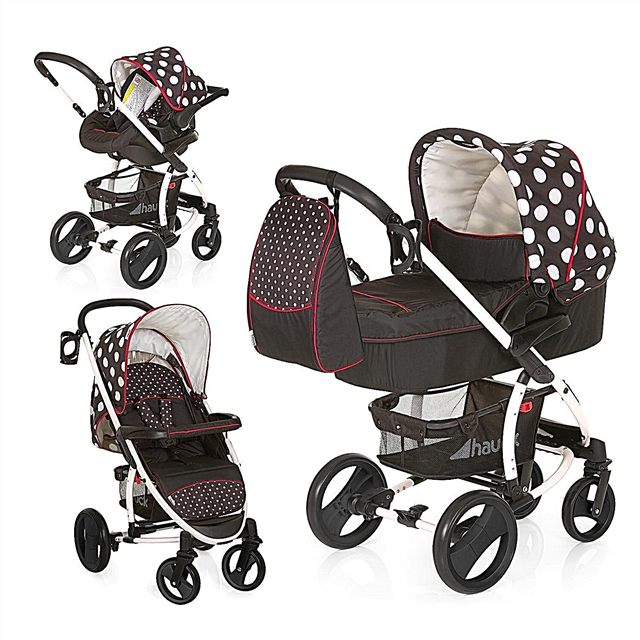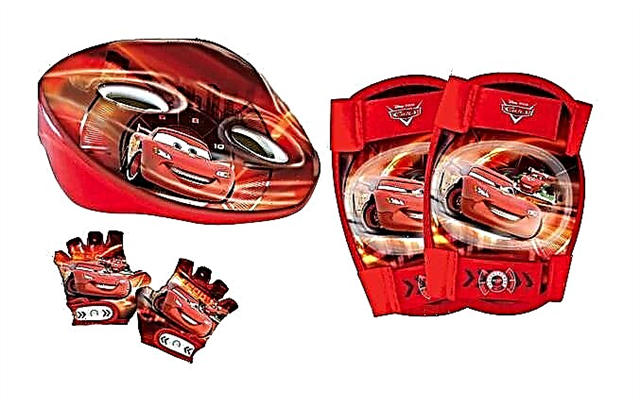
The time comes, and the baby is transferred to feeding or supplementary feeding from a bottle. Usually this stage occurs in the period from 6 months to a year. The baby is growing, his nutritional needs are also increasing, and the mother's milk may not be enough. In addition, there are reasons why it is simply necessary to give the baby food from a bottle - the mother is being treated with antibiotics, is forced to leave, go to the hospital for examination, etc. But the relatives of the youngest family member may face difficulties - the child does not eat from the bottle , refuses it. What may be the reasons and how to cope with such a situation, this article will tell.

Why refuses?
The child does not bully, he always has good reasons not to eat the mixture from the bottle. And they can be different. To understand the situation, it is best to seek help from a pediatrician who will help establish the true causes.
Don't like the mix
This is a fairly common situation, especially after a long period of hepatitis B (breastfeeding). The baby is accustomed to the taste of mother's milk, a different taste confuses and alarms him. You need to understand that in the absence of medical indications for artificial feeding, you should not give the baby a mixture until the age of 5-6 months. Only in the case when there is little breast milk, the child does not eat enough, does not gain weight well, the pediatrician can advise supplementation.
The mixtures have different tastes - you can check it yourself. In addition, there are fermented milk formulas for children, hypoallergenic formulas - protein hydrolysates, mixtures with and without palm oil.
Therefore, you can enlist the support of your pediatric doctor to choose a different type of food - perhaps after replacing one brand of food with another, the case with artificial feeding will go faster.

The technology for preparing the mixture is violated
It is not uncommon for a child to eat the formula poorly, not because he does not like its taste, but because it is too concentrated or too diluted, too hot or too cool. You can easily solve the problem, simply by carefully checking the algorithm of their actions with the instructions for preparing meals on the package of the mixture.
The nipple is uncomfortable
Today, many bottles are equipped with an orthopedic hard nipple, which manufacturers position as anatomical, that is, resembling the mother's nipple. You can't fool the kid. And babies refuse these orthopedic nipples more often than ordinary ones.
But what is good for one is bad for another. Therefore, stock up on several types of nipples, try all - children do not like it when they have to make too much effort to get food (it is hard to suck, the nipple is tight), they also do not like it when milk or mixture flows uncontrollably, in a stream, while the child eats from the bottle in jerks, chokes, chokes, screams, nervous.
Nobody can give universal advice in this situation - it is only through personal experience that you can understand which nipple is the most pleasant for your child to use.

The child is unwell, sick
You should not start complementary feeding or transfer the child to artificial feeding during periods when all his forces are thrown into overcoming the disease. During an illness, teething, the child eats little, not because he does not like the nipple and the contents of the bottle, but because his body is busy with the healing processes, and there is simply no strength left to digest food.
In this case, there is no need to panic. Call a pediatrician, the child needs to be examined, if necessary - examined. As he recovers, his appetite will increase and the feeding problem will be resolved. For the duration of the illness, as needed, continue to breastfeed the baby, if impossible, feed the baby in an upright position, in small portions.
Painful reasons should be considered even if the child previously ate the mixture, and then stopped doing it, refuses categorically.

Psychological dependence on the mother's breast
This problem is usually faced by parents who offer the baby a bottle after a long breastfeeding. For the baby, mom is already strongly associated with nutrition and safety, he is used to her smell and voice. Therefore, the need to get breasts develops already on a psychological level.
If the child does not want to eat formula for such a reason, it is not worth it to teach the baby to the bottle of the mother... Ask for a few days of help from close relatives - husband, grandmother, grandfather.
A bottle received from their hands will not cause such an obvious rejection as a bottle in the hands of a mother, from which a child expects something completely different. Usually, after a few days, the baby gets used to the new type of food.

The child is overfed
Frequent feeding, increased portions of the formula, as well as feeding at night after six months of age lead to the fact that parents are corny overfeeding the child, and the baby does not eat the proposed formula because he simply does not want to eat.
This happens when the age norm of the intervals between feedings is violated. While the mother was only breastfeeding on demand, she did not see the exact amount of fluid being sucked out by the baby. After the introduction of bottle feeding, the mother tries to make the volume of the formula appropriate for the child's age, and this can cause excess nutrition.
The formula is richer than breast milk, it induces satiety faster. And therefore with the introduction of supplementary feeding, it is worth revising the number of feedings and increasing the interval between them.
If at 1 month the baby ate every 2-2.5 hours, then at 4 months he eats a larger volume, and the interval should increase to 3.5-4 hours between meals. A child does not biologically need night feeds by six months, if he is still waking up, then it is worth offering water.

What to do?
If it becomes necessary to introduce complementary foods from a bottle or completely replace breastfeeding with it, you should be patient. In rare cases, the child takes the nipple without any problems and begins to eat immediately, especially if he has already become acquainted with the mother's breast. In this regard, it is much easier to teach a newborn or a baby to eat from a bottle at the age of 2-3 weeks, than a six-month-old toddler, who already knows how to clearly indicate their preferences.
Approach the task in a differentiated manner. Follow certain rules.
If you need to introduce supplementation, then use the practice of the so-called double feeding - offer the bottle first, and then the breast, or vice versa.
Feed your baby in two stages. Distract the little sly so that he does not notice the substitution - a beautiful rattle or any object interesting to the baby will come in handy.


Adjust the mixing technique according to the instructions. It should not be hot or cold, too thick or too thin. Follow the instructions on the baby food packaging carefully.
After determining the shape and type of nipple (hard or soft, large or small, normal or orthopedic), the process of teaching the baby will go much faster. Also pay attention to the bottle itself - babies love to look at what is in the immediate vicinity of the face, and therefore it will be good if there are beautiful drawings, bright figures on the bottle.

In order not to turn feeding into a test for children's and parental nerves with screams, are in good spirits yourself... Never be angry with a child if he does not finish the mixture poured into the bottle. Forcing the baby after he has already given up the nipple, pushed her away, Eating a mixture is a sure way to overeating, which threatens not only extra pounds, but also a wide variety of chronic diseases.
Unfortunately, very often parents allow this, and therefore the famous pediatrician, TV presenter, children's doctor Yevgeny Komarovsky urges adults themselves to adequately treat the bottle. Then the child will gradually develop a normal relationship with this subject.

See below for how to choose a feeding bottle.



